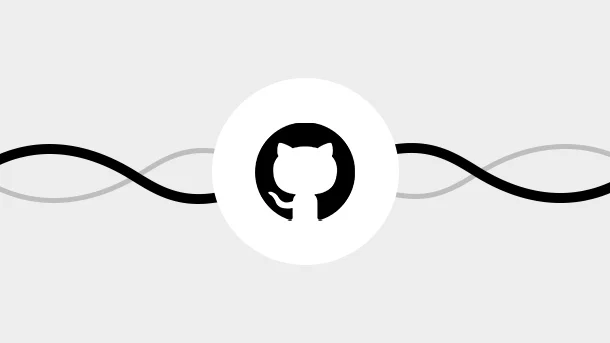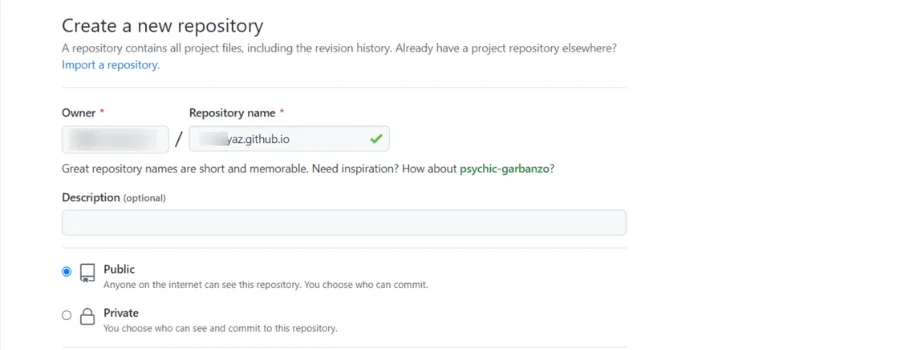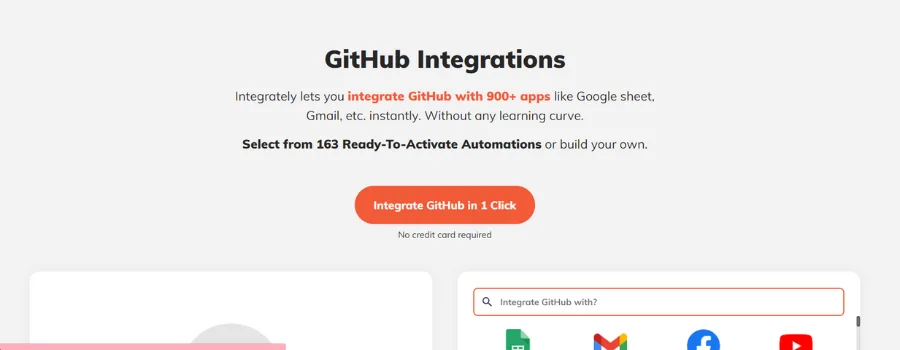
GitHub is a commercial organisation that provides cloud-based Git repository hosting. It simplifies the use of Git for version control and collaboration by individuals and teams.
It was established in 2008 and fact, was a much-needed platform for many. Mainly because it would enable too many minds to come together and collaborate over one platform.
This happens when everyone around the world contributes to one project. Which not only saves time but also improves the efficiency of the project.
Additionally, the GitHub interface is simple enough that even inexperienced coders can use it. Without GitHub, using only Git necessitates more technical skills and command-line proficiency.
However, GitHub is so user-friendly that some people use it to manage other types of projects, such as writing books.
In fact, anyone can sign up for and host a public code repository for free, making GitHub particularly popular with open-source projects.
Here Are Some of The Best GitHub Tips and Tricks You Need to Know:
When getting started, it is crucial to have priority set for your projects. Have a clear vision of what you want and how you will do it.
Github lets you organize and control the flow of your work very effectively. You can use Kanban boards and set a smooth workflow for your organization and teams.
While managing your project and collaborating with the team, you may have to personally call out a member of your team and communicate. For that matter, you can use @ and type their name to mention them.
This way, you will be able to directly notify the specific members of your team and communicate essential things.
We all know well that keyboard shortcuts are handy. They save a lot of time wasted doing manual searches. This is why Github makes it easy to navigate through the interface by offering several shortcuts.
You can find them using Shift+? Whenever required.
It is always a better idea to send a clear and easy-to-click link. Sending long text links sometimes gets difficult and fails to redirect to the source. So you can use a Github link shortener to send shorter links to important web pages.
There’s also an easy way of checking open items that are pending. For this, set your project’s visibility to private if you wish to keep it private to yourself. Then open a new tab to view all of the open/closed issues you’re working on. It’s that easy!
Changing your dotfiles is very simple.
Since it is a symlink, when you make a modification to the file, your repository will be updated as soon as you save it. As a result, unstaged updates ought to be visible when you access your dotfiles repository.
Later, you may push your modifications to GitHub, keeping them there so you can always have a backup of your dotfiles and access them from any machine you choose.
To make a Github Page, create a new repository with a special name. The special name includes your Github username along with .github.io

8 Million+ Ready Automations
For 750+ Apps

While using Github, you may also need to switch between different applications. And to make your projects and workflow simpler, automation can be a saviour.
You can automate your workflow and sync data between apps automatically. This requires a tool to do so – for which you can get started with Integrately.
Integrately is one such automation platform that enables you to integrate with 900+ applications and make work life easier for you and save much time.
You can also check its integration page over here.
Version control is one of the main uses of GitHub, which is widely utilised. When multiple people are engaged in a project, it is beneficial.
Imagine, for instance, that a team of software developers is working on a website and that each member of the team must update their codes at the same time. In this way, Github aids in the development of a centralised repository where users may upload, modify, and manage code files.